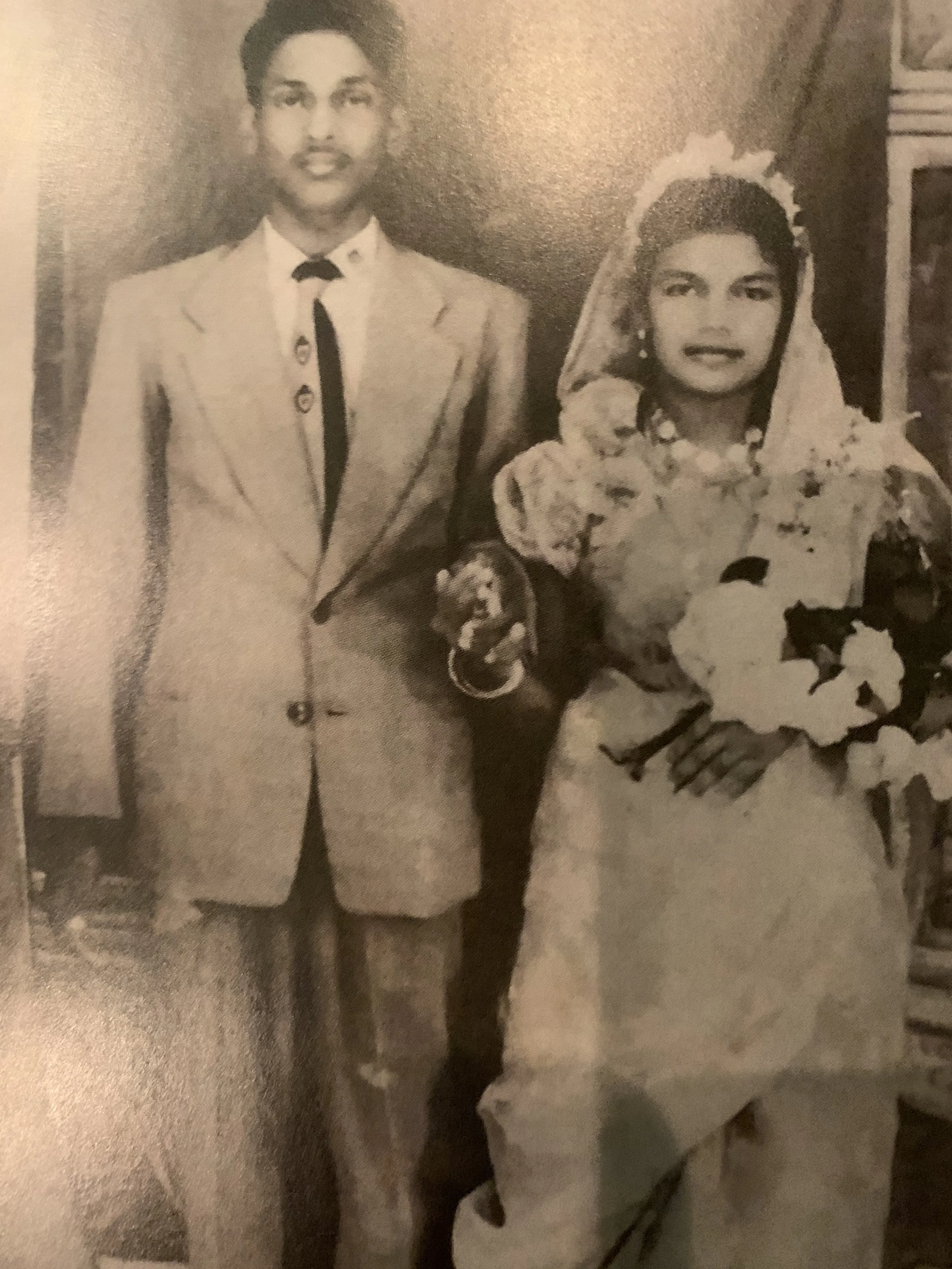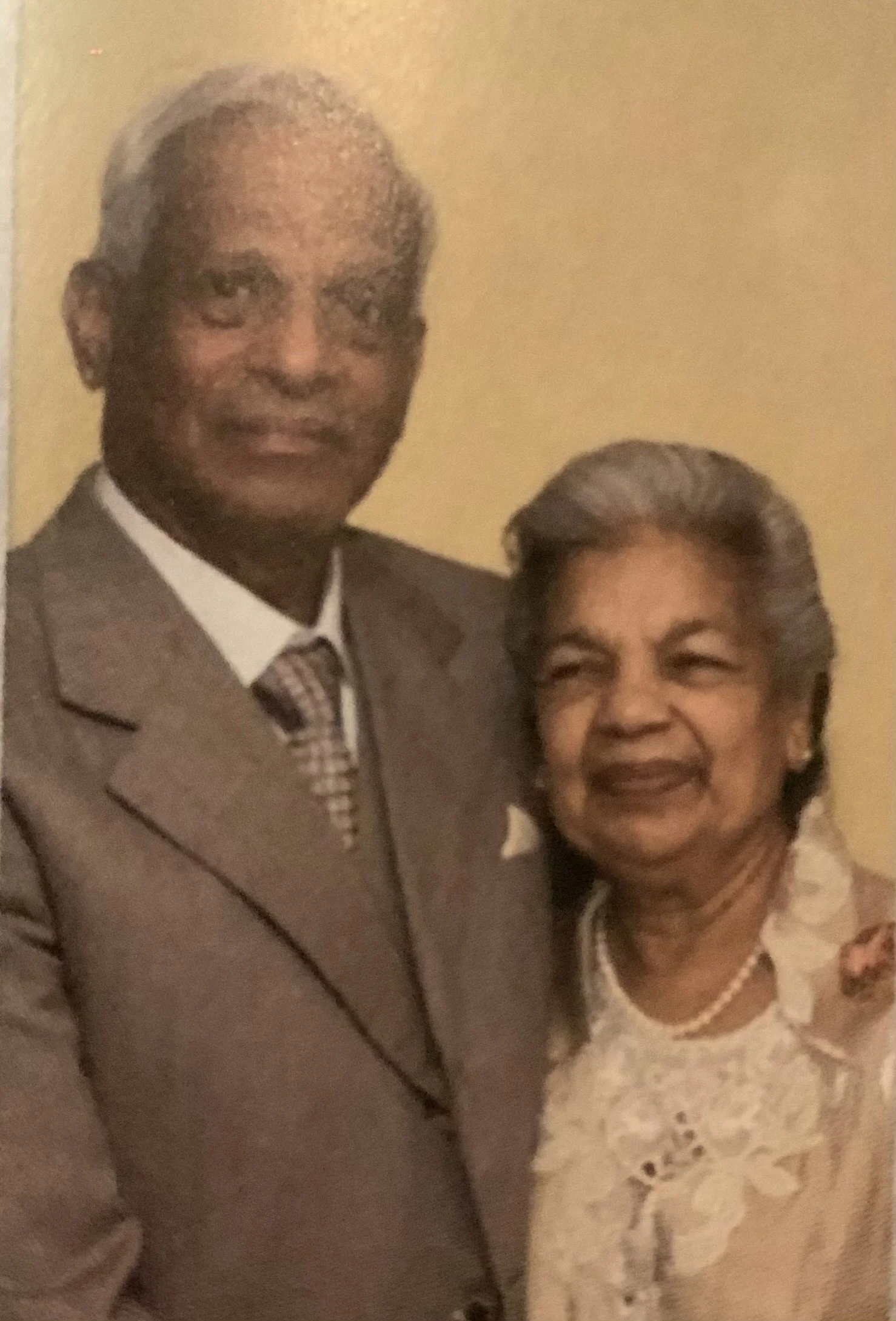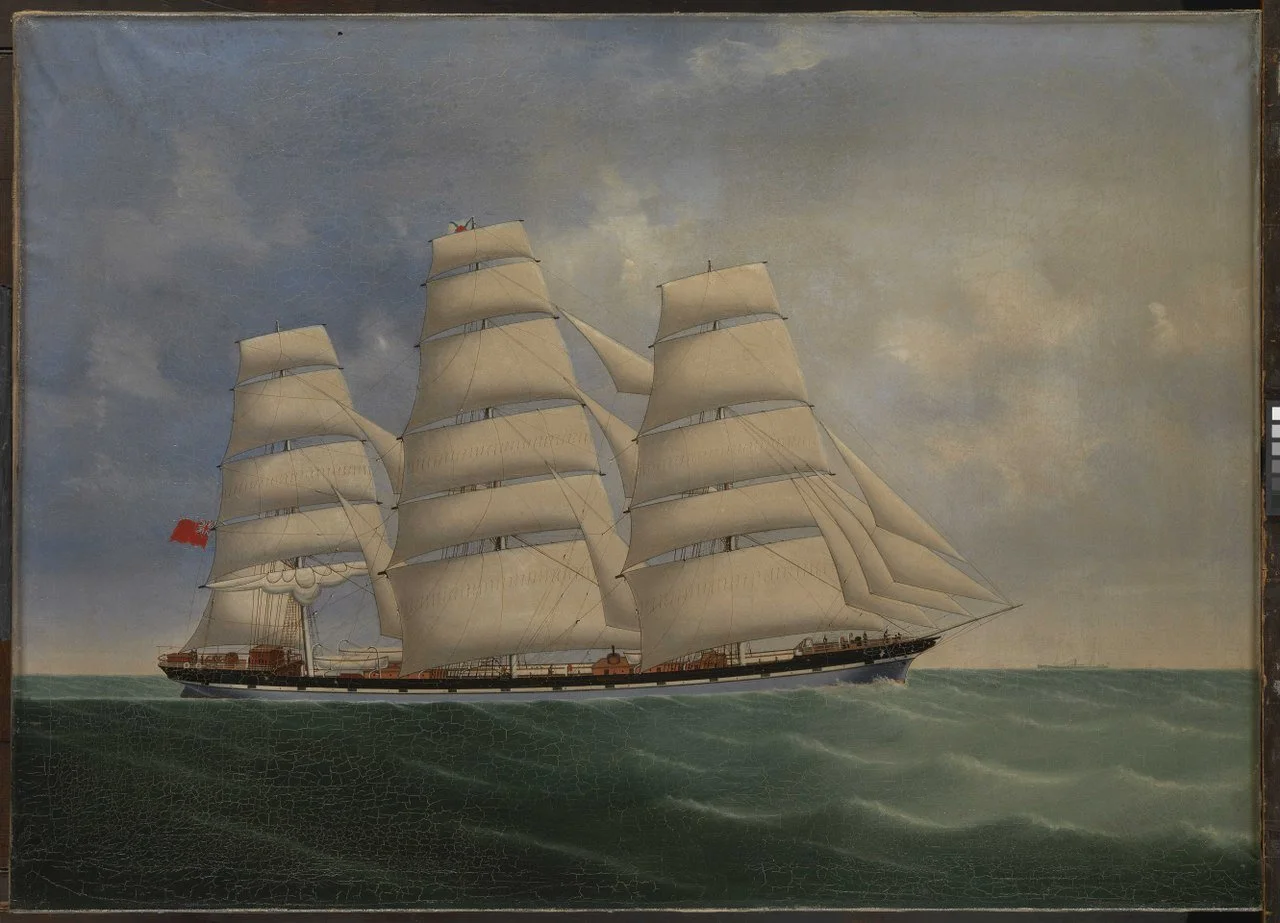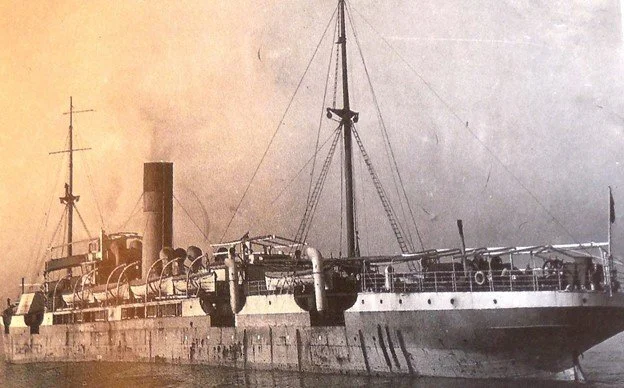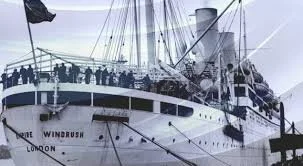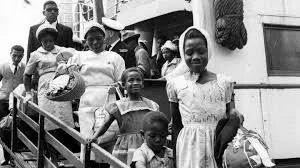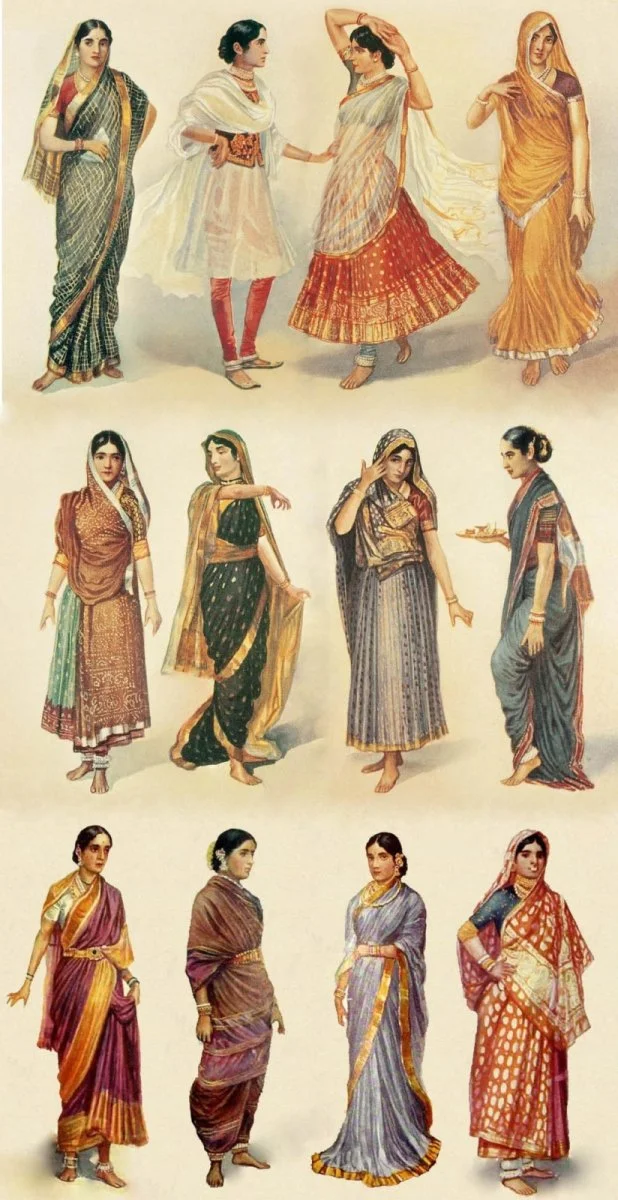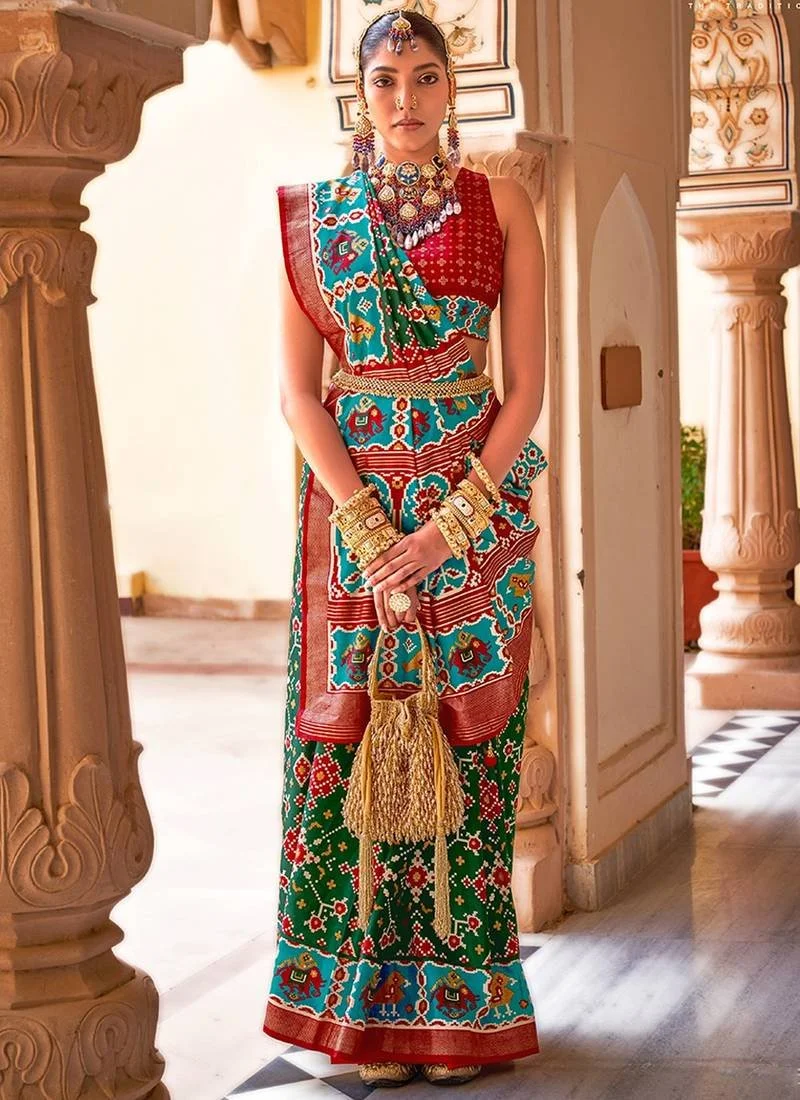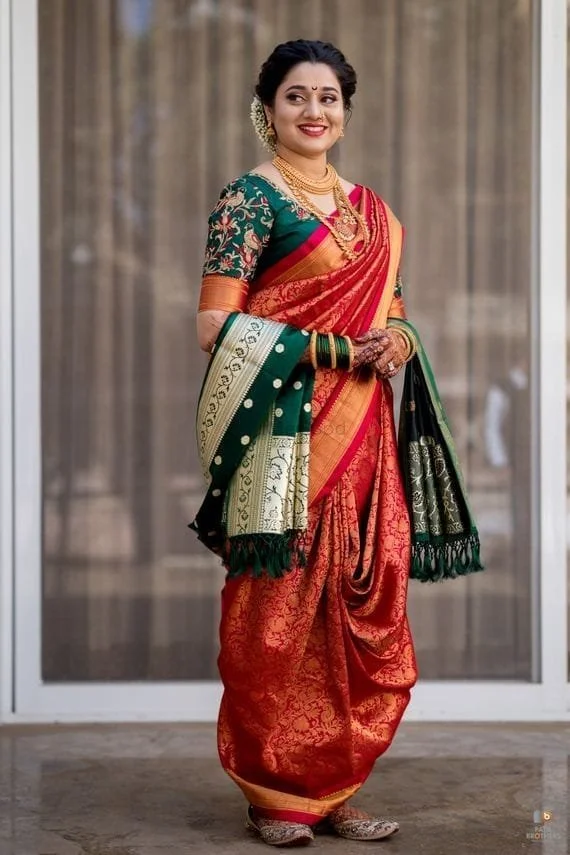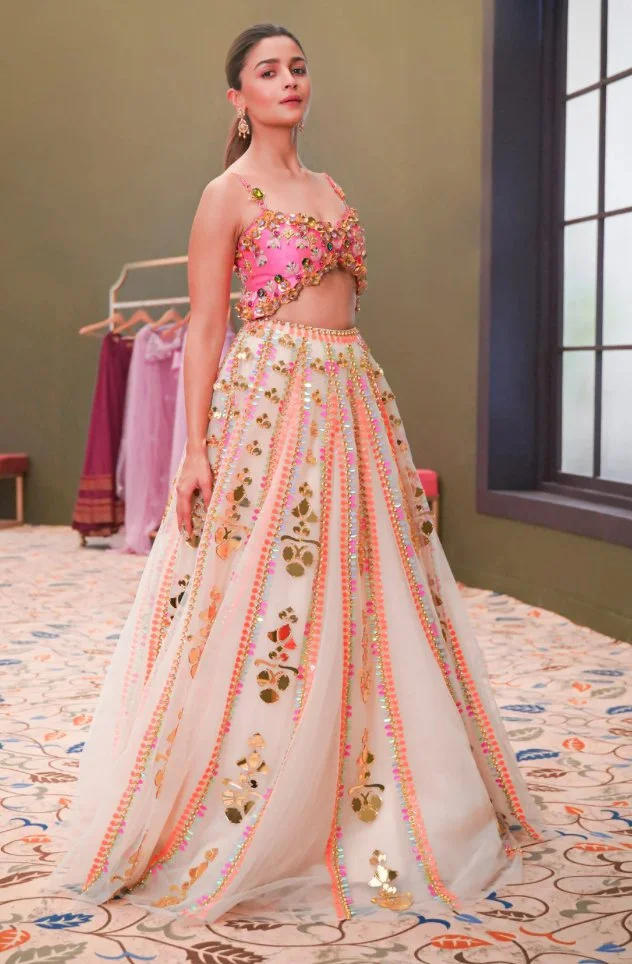Intro
Essence of home starts with the story of my grandparents, Aji and Aja. They are the root of my Indian history that dates back to the indentured trade. Sacrifices were made through many generations and for them it was the Windrush Generation. My Aji and Aja faced many challenges moving to the UK and dealt with years of racial trauma.
The western part of this collection comes from an elegant camouflage of Indian attire such as the sari and to acknowledge my western upbringing and the freedom I can thank the generations before have fought for.
Indentured Trade
Heperus and Whitby marked an important juncture, representing the beginning of a centralised system of labour migration from British India to sugar plantations. Was this a new system to revive slavery?
British planters faced a labour shortage after slavery was abolished in 1833.
John Gladstone, a British planter and son of 4-time Prime Minister William Gladstone, recognised the threat that the abolition posed to planters and traders. In 1836, he recruited Indian labourers from Eastern and Southern India with 5-year contracts to work on sugar plantations.
The First Crossing
On 29th January 1838, Hesperus set sail from Calcutta, carrying 165 indentured workers on board. They arrived in British Guyana on 5th May 1938, marking “Indian Arrival Day”.
Between 1834 and WW1, 1.3 million Indians migrated to British colonies as indentured labourers, driven by poverty and famine. However they would be faced with harsh conditions including disease outbreaks, mistreatment and low wages.
Indentured labour was abolished in 1917, with the last indentured ship SS Ganges to enter Georgetown and Trinidad. In 1920, Gandhi’s efforts contributed to its end.
Empire Windrush
Originally known as Monte Rosa, a nazi cruise ship and renamed Empire Windrush after being won by the British.
In 1948, it brought a large group of West Indian immigrants to the UK, symbolising the Windrush Generation.
Immigrants came to the UK between 1948 and 1971, seeking jobs and education, with many having served in the war.
Coming from hot tropical climates the best they wore for cold climates were second hand overcoats, trilby felt hats, 1940s zoot suits.
Saris and Indian clothing
The Sari originated in the Indus Valley Civilisation, Northwest of India 1800BCE. It holds dignity and grace to a woman’s appearance and royal families would wear sari’s of gold and silver thread whereas the lower class would go for an affordable fabric such as cotton.
Saris would be weaved and dyed in indigo, lac and tumeric, all that are still used today. It can also be decorated with embroidery and block printed designs
In the 12th century when the mughals took over, saris were instructed to be worn with a blouse and petticoat so that women would remain modest. They also helped keep pleats in place when draped.
Nivi Drape
The Nivi drape is the most common style of wrapping arpund the waist with the pallu draped over the left shoulder.
This sari style was first noticed in the Deccan culture and was originally worn without a blouse or petticoat until the Colonial era, when Victorian morals imposed that blouses needed to be worn for modesty. Devi Tagore adopted the drape and incorporated the blouse and petticoat.
Patola Drape
The Patola saree comes from Patan, Gujarati and has a rich royal history and associated with nobility.
In the 12the century the Salvi caste was part of the Salkani dynasty took over Gujariti where it defined the rich status for women.
Patola sarees are recognised for their complex handwoven textiles that are usually made from cotton and takes between 6 months to 1 year to be made. Patterns are usually inspired by architecture of gujarati, animals and geometric shapes and are extracted from marigold flowers, pomegranate skin, henna, turmeric and indigo.
These sarees are worn for sacred occasions and are gifted to brides.
Nauvari Drape
A 9 yard length from Maharashtrian and a symbol of grace, heritage and tradition.
Marashrtian women created this trouser like drape from dhotis that Maratha warriors wore and added pleats to the back for easy movement
These sarees are often weaved from pure silk with different motif options such as nature, religious symbols and mahrashtrian culture. They come in different vibrant colours such as green, red, yellow and purple and represents prosperity, happiness and spirituality. This makes the sarees versatile and can be worn during any occasion.
Lehenga
A lehenga consists of a long skirt, fitted blouse and a dupatta. This traditional indian garment is also traced back to the Mughal era and was worn by royalty.
In the North lehengas were made from silk and brocade whereas in the South it was made with kanjivaram silk.
Indo- western lehengas is a style of a lehenga that is fused with western style garments.
Anarkali
Named after the legendary courtesan and was known for her unmatched beauty and grace. However it was a forbidden love story with Prince Salim, son of emperor Akbar and Anarkali was entombed alive and her beauty and courage immortalised.
The features-
Fitted bodice
Umbrella shaped skirt
Intricate embroidery, sequins and embellishments
Paired with churidar pants or leggings
Indian Craft
India grows to be recognised as where most fashion practises comes from.
